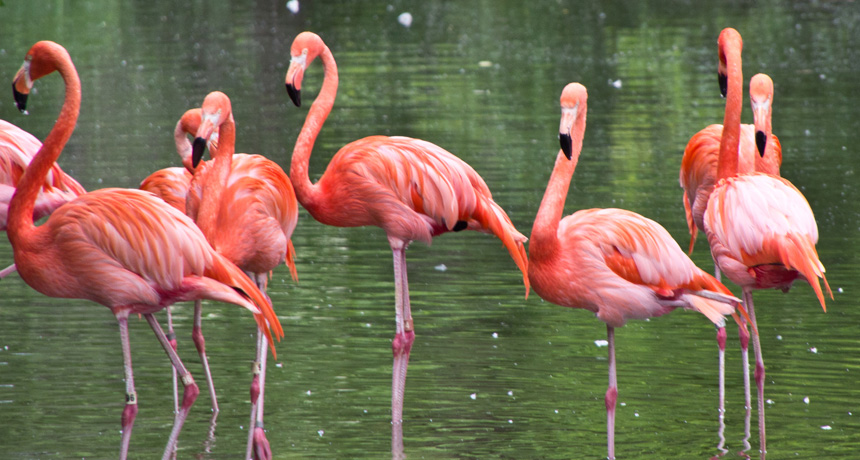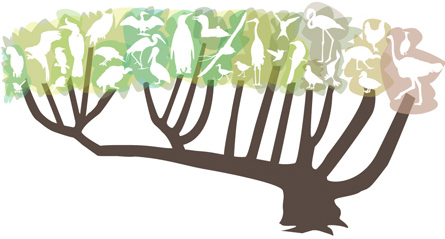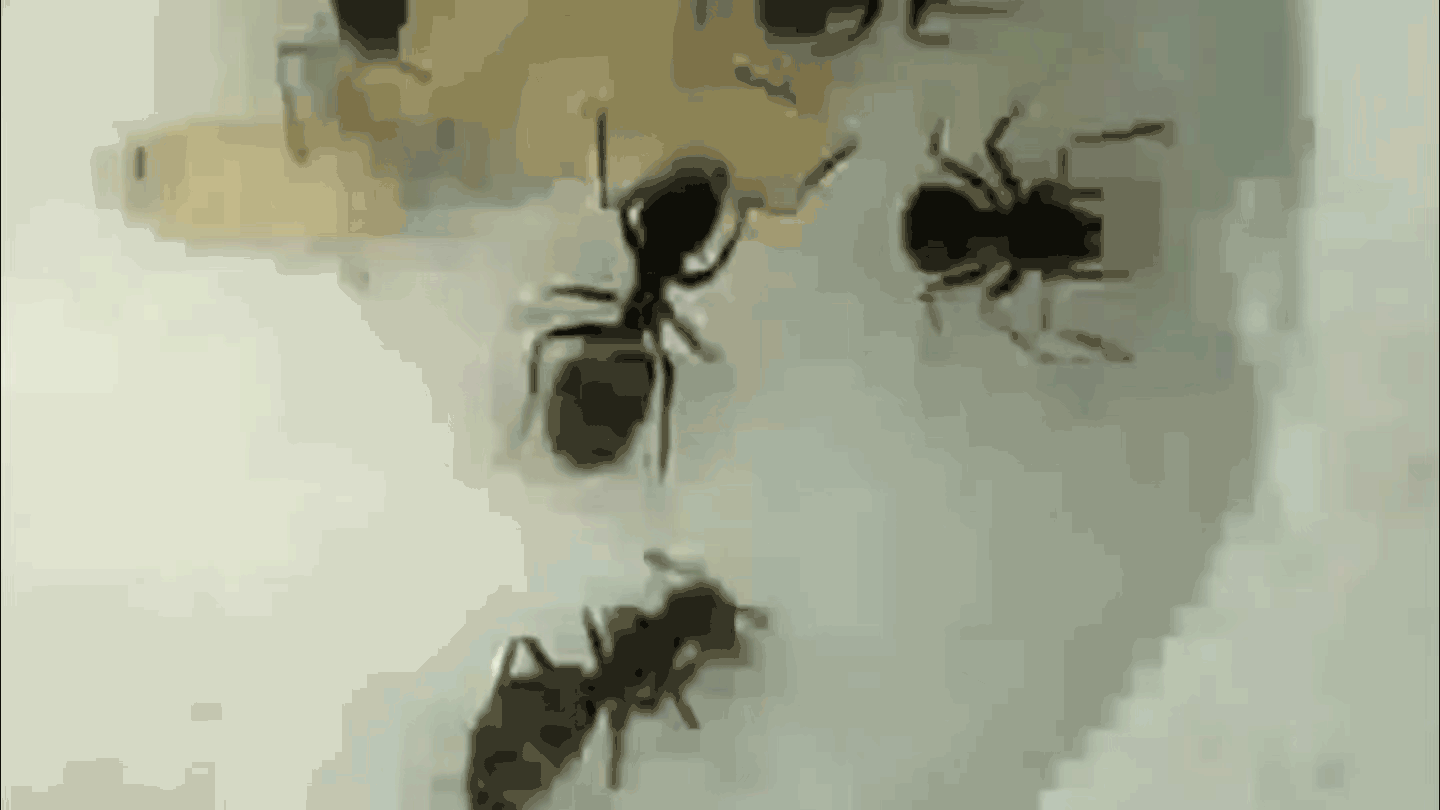
MODERN FAMILY Flamingos and other waterbirds end up scattered in a new tree of life, one of the examples of placement that may surprise bird-watchers used to field guide groups.
Rob Slaven/Flickr (CC BY-NC-SA 2.0)
An ambitious genetic analysis of deep avian history strongly supports some counterintuitive ideas about bird evolution that differ from the species groupings familiar in field guides.
Falcons are more closely related to parrots than to hawks and eagles, for instance, researchers report in the Dec. 12 Science. And the new family tree of living birds shows that flamingos’ closest relatives are chunky waterbirds called grebes. Both are more closely related to pigeons than to any other waterbirds, the new analysis indicates.
Bird history is full of such stories, in which descendants of unsimilar ancestors converge on similar lifestyles, capacities or shapes, says neuroscientist Erich Jarvis of Duke University. He is one of the leaders of the worldwide consortium that produced the new avian tree of life.
The new study often relates bird groups in ways that may startle bird-watchers. But whether the new tree shocks scientists “depends on who you are,” says Jarvis. “Because there were so many different views out there, so many different trees of birds published, some people said, ‘Ah, you confirmed what I said a long time ago,’ and others were just torn apart.”

In 2008, Hackett and her colleagues made what for the time was an ambitious push to expand genetic studies by looking at 19 stretches of genetic material for each of 169 bird species. The tree that emerged suggested that many apparent similarities, as between falcons and hawks or grebes and ducks, were convergences instead of close ancestral relationships.
Tackling this problem with new high-capacity genetic technologies, a consortium of about 200 scientists worldwide with funding from the Chinese genetics institute BGI and other sources have compiled nearly complete catalogs of DNA’s basic units for 48 representative bird species. Using just the segments of DNA that contain blueprints for proteins, the team generated various possible genealogical arrangements. “We didn’t get a tree that made any sense,” Jarvis says. “Protein-coding genes tell the wrong story,” he and colleagues concluded.
Only when the researchers considered all genetic material, including bits that provide instructions for regulating genes, did clear-cut trees emerge. “This is going to be a bit of a lesson to many of us,” Jarvis says.
On the new tree, ostriches and tinamous perch on the most ancient branch and then come chickens, turkeys and ducks. Then the tree divides in a lopsided fork with flamingos, grebes, doves and a few relatives on one side and the huge diversity of the rest of birds on the other side.
The main impact of the new study may be to give scientists confidence in some controversial ideas from earlier genetic work, says evolutionary biologist Sushma Reddy of Loyola University Chicago, who coauthored the 2008 tree but was not part of the new consortium. Particularly striking for her is the placement of parrots on the branch nearest songbirds, which among other dissimilarities learn their vocalizations in different ways. The rich lode of genetic information produced for this study also offers new insights into many other avian matters. Songbirds and parrots (and humans) have converged on very similar genes to power the brain centers involved in vocal learning, Jarvis and colleagues report. Birds may prove to be useful species for insights into speech disorders, he says, because the usual medical research species such as monkeys or mice don’t learn sounds.
Also, the new genetics suggest that the avian big bang took place just about the time that the dinosaurs went extinct. That’s been a hotly debated topic, and may not be resolved even with all the new data. Coauthor Jon Fjeldså of the Natural History Museum of Denmark in Copenhagen says he’s “qute satisfied” with the arrangement of branches, but for time estimates of events, “I still think that there are inaccuracies, as the fossil record is not that good.”
Overall, what the tree needs now is to leaf out, Hackett says. “There are more than 10,000 species of birds, and the tree has 48 of them.”






